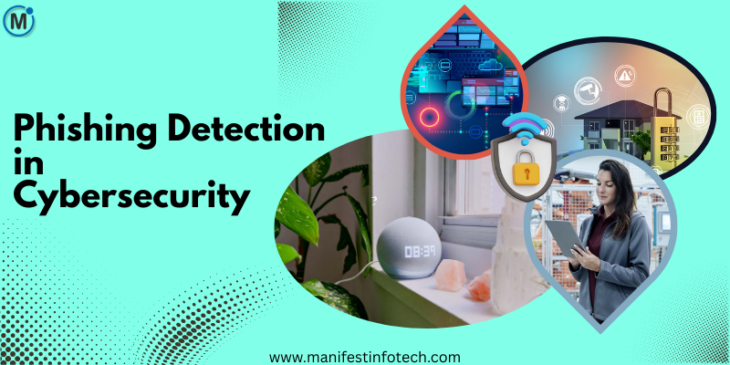
In today’s digital-first world, cybersecurity threats are growing in both volume and sophistication. Among the most deceptive and widespread threats is phishing—a type of cyberattack that manipulates individuals into disclosing sensitive information such as usernames, passwords, and banking details. Recognizing and preventing phishing attempts has become a vital part of any organization’s cybersecurity strategy.
What is Phishing?
Phishing is a form of social engineering in which attackers disguise themselves as trustworthy entities, usually through emails, websites, or messages, to lure victims into clicking malicious links or downloading malware. These attacks often impersonate well-known companies, financial institutions, or even internal team members to trick users into taking action.
Types of Phishing Attacks
Email Phishing – The most common form, where attackers send fraudulent emails that seem legitimate.
Spear Phishing – A targeted attack customized for a specific individual or organization.
Smishing and Vishing – Phishing through SMS (smishing) or voice calls (vishing).
Clone Phishing – A legitimate email is cloned and altered with a malicious link or attachment.
Whaling – High-level phishing aimed at executives or high-profile targets.
Why Phishing Detection is Critical
Phishing attacks can result in financial losses, data breaches, identity theft, and reputational damage. Early detection helps reduce the chances of successful attacks and minimizes their impact. Modern businesses must invest in advanced phishing detection tools, user training, and real-time threat monitoring systems to stay protected.
Techniques for Phishing Detection
AI and Machine Learning: Advanced algorithms can detect unusual patterns in email headers, domains, or user behavior to flag potential phishing attacks.
URL Scanning: Links are analyzed for red flags such as misspelled domain names, shortened URLs, or suspicious redirects.
Email Authentication Protocols: Tools like SPF, DKIM, and DMARC help verify the authenticity of emails.
Behavioral Analysis: Systems monitor user behavior and flag anomalies, such as unusual login attempts or access requests.
Employee Awareness Training: The human firewall is the first line of defense. Regular training helps users identify and report suspicious activity.
Best Practices for Phishing Prevention
Don’t click suspicious links in emails or messages from unknown sources.
Verify email addresses carefully, especially if the content seems urgent or requests personal information.
Keep software and antivirus tools updated to protect against known threats.
Enable multi-factor authentication (MFA) to add an extra layer of security.
Report suspicious activity to your IT or security team immediately.
Conclusion
Phishing attacks are evolving, and so should our defenses. By combining technology, education, and vigilance, individuals and organizations can significantly reduce the risk of falling victim to phishing. The key lies in proactive phishing detection, strong security practices, and cultivating a culture of cyber-awareness.
If you are looking for any services related to Website Development, App Development, Digital Marketing and SEO, just email us at nchouksey@manifestinfotech.com or Skype id: live:76bad32bff24d30d
𝐅𝐨𝐥𝐥𝐨𝐰 𝐔𝐬:
𝐋𝐢𝐧𝐤𝐞𝐝𝐢𝐧: linkedin.com/company/manifestinfotech
𝐅𝐚𝐜𝐞𝐛𝐨𝐨𝐤: facebook.com/manifestinfotech/
𝐈𝐧𝐬𝐭𝐚𝐠𝐫𝐚𝐦: instagram.com/manifestinfotech/
𝐓𝐰𝐢𝐭𝐭𝐞𝐫: twitter.com/Manifest_info
#PhishingDetection #CyberSecurity #InfoSec #OnlineSafety #EmailSecurity #PhishingAwareness #CyberThreats #TechSecurity #ManifestInfotech #DigitalSafety